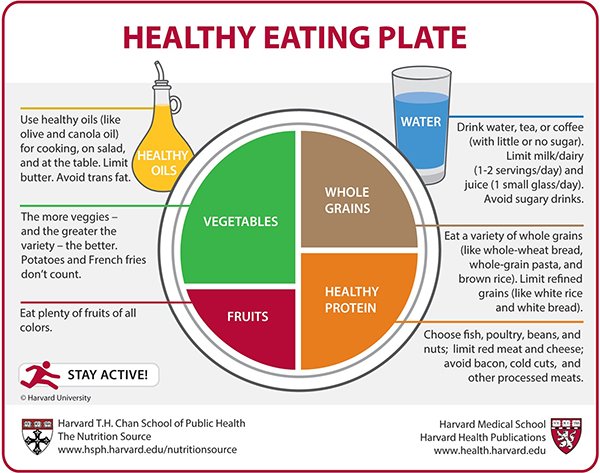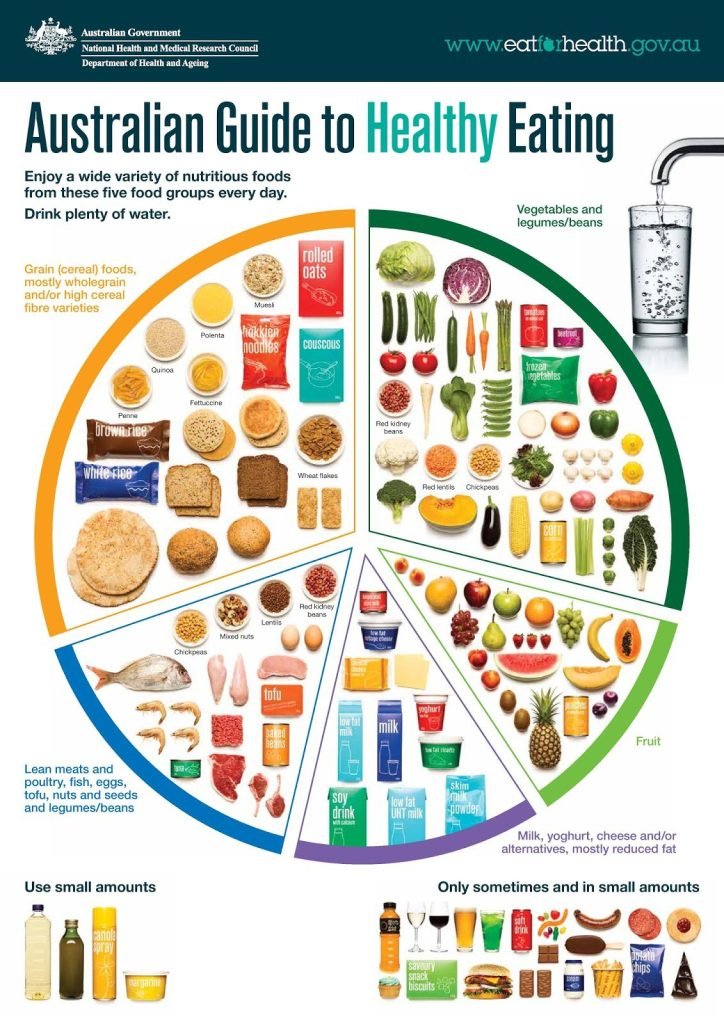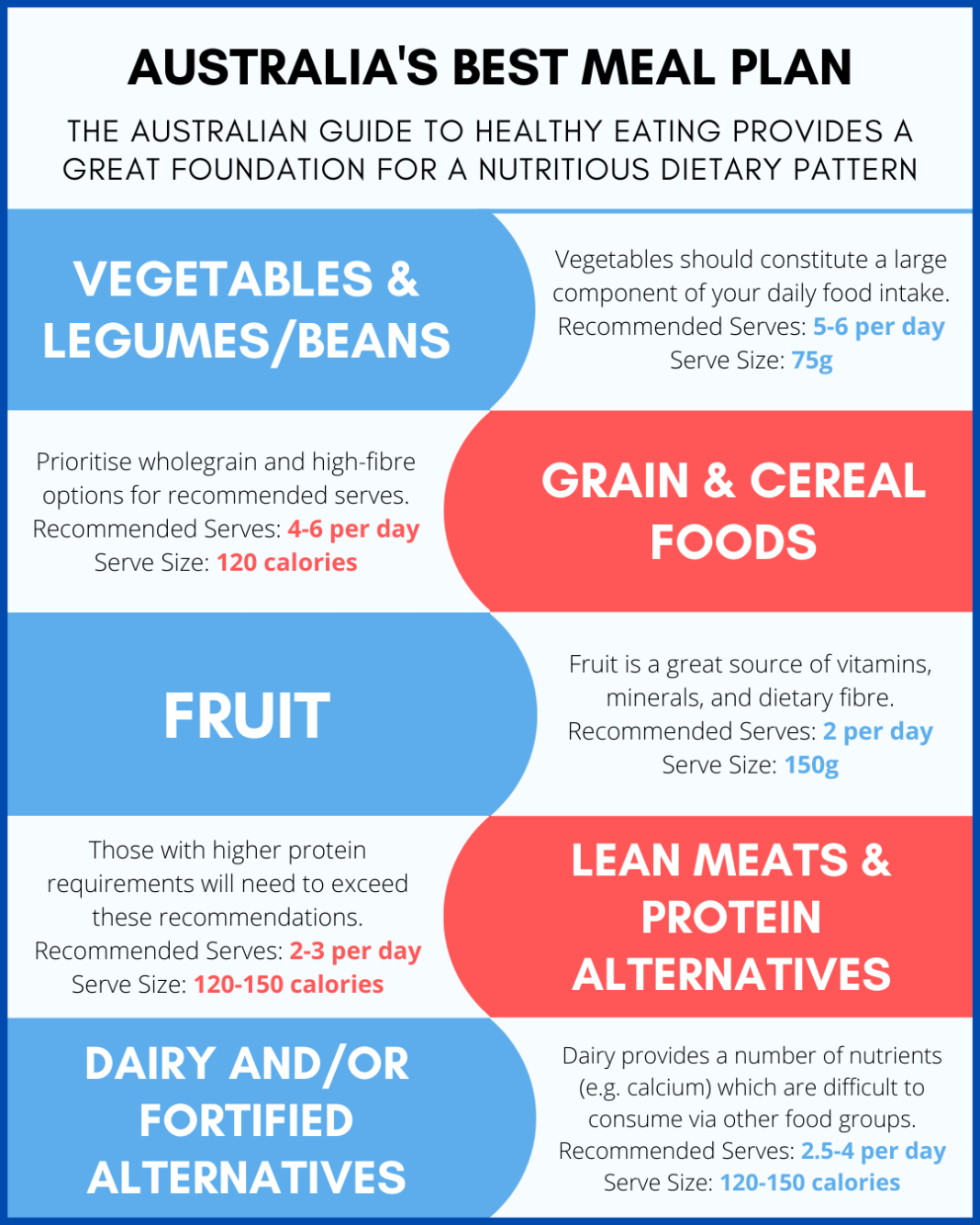are an essential part of maintaining a balanced lifestyle. In this article, you will learn about the different types of healthy eating plans available and how they can benefit your overall health. We will discuss the importance of consuming a variety of nutrient-rich foods, as well as the role of portion control. Additionally, we will explore the concept of mindful eating and its impact on your well-being. By the end of this article, you will have a better understanding of how to create a healthy eating plan that works for you.
Guide to Healthy Eating Plans

This image is property of www.dana-farber.org.
Understanding the Importance of Healthy Eating
Eating healthy is crucial for overall well-being and optimal functioning of the body. A well-balanced diet not only provides essential nutrients but also helps prevent chronic diseases and maintain a healthy weight.
Benefits of Following a Healthy Eating Plan
Following a healthy eating plan has numerous benefits for your body and mind. Firstly, it provides you with the necessary nutrients, vitamins, and minerals to support your bodily functions. Secondly, it helps in maintaining a healthy weight and preventing obesity-related conditions such as diabetes and heart disease. Additionally, a healthy diet contributes to better brain function, improved mood, increased energy levels, and a stronger immune system.
Different Types of Healthy Eating Plans
There are several different types of healthy eating plans to choose from, each with its own unique approach and benefits. Let’s explore some of the most popular ones:
The Mediterranean Diet
The Mediterranean diet is inspired by the traditional eating habits of people living in countries bordering the Mediterranean Sea. It emphasizes whole foods such as fruits, vegetables, whole grains, legumes, lean proteins, and healthy fats like olive oil. The Mediterranean diet is well-known for its heart-healthy benefits and can help reduce the risk of cardiovascular diseases.

This image is property of images.squarespace-cdn.com.
The DASH Diet
The Dietary Approaches to Stop Hypertension (DASH) diet is specifically designed to lower blood pressure and reduce the risk of hypertension. It focuses on consuming fruits, vegetables, whole grains, lean proteins, and low-fat dairy products. The DASH diet also limits high-sodium foods, sugary beverages, and processed snacks.
The Flexitarian Diet
A flexitarian diet is a flexible approach to healthy eating, mainly plant-based but allows for occasional meat and dairy consumption. It emphasizes plant-based foods such as fruits, vegetables, whole grains, legumes, and nuts while minimizing the intake of animal products. The flexitarian diet provides the benefits of a plant-based diet while still allowing some flexibility for individual preferences.

This image is property of fodmap-publicsite-us-east-2.s3.amazonaws.com.
The Whole30 Diet
The Whole30 diet program is a short-term, strict dietary plan that focuses on eliminating certain food groups for 30 days. It eliminates added sugars, grains, dairy, legumes, and processed foods from the diet. The goal is to reset your body by eliminating potentially inflammatory foods and then reintroducing them one by one to identify any potential sensitivities.
The Atkins Diet
The Atkins diet is a low-carb, high-fat eating plan that aims to shift the body into a state of ketosis. It restricts carbohydrates, encourages the consumption of protein and healthy fats, and gradually reintroduces carbs as the weight loss progresses. The Atkins diet is effective for weight loss and can also improve blood sugar control.
This image is property of texashistory.unt.edu.
The Vegan Diet
The vegan diet excludes all animal products, including meat, dairy, eggs, and honey. It relies heavily on plant-based foods such as fruits, vegetables, legumes, whole grains, nuts, and seeds. The vegan diet is known for its environmental sustainability and potential health benefits, such as reduced risk of heart disease and certain cancers.
The Paleo Diet
The paleo diet is based on the presumed dietary patterns of our ancestors during the Paleolithic era. It focuses on consuming whole, unprocessed foods such as lean meats, fish, fruits, vegetables, nuts, and seeds. The diet eliminates grains, legumes, dairy, processed foods, and refined sugars. The paleo diet emphasizes nutrient-dense foods and excludes modern processed foods.

This image is property of www.nhlbi.nih.gov.
The Ketogenic Diet
The ketogenic diet is a very low-carb, high-fat eating plan that aims to shift the body’s metabolism into a state of ketosis. It involves severely restricting carbohydrate intake, consuming moderate amounts of protein, and increasing fat intake. The ketogenic diet has shown effectiveness in aiding weight loss and may also have benefits for certain neurological conditions.
The Ornish Diet
The Ornish diet is a low-fat, vegetarian eating plan designed to reverse heart disease and improve overall health. It encourages the consumption of whole plant-based foods such as fruits, vegetables, whole grains, legumes, and soy products. The diet restricts high-fat foods, including animal products, oils, and refined sugars.
The Weight Watchers Diet
Weight Watchers is a popular weight loss program that focuses on portion control and overall healthy eating. It assigns a point value to different foods based on their nutritional content, encouraging a balanced diet. Weight Watchers also provides support and accountability through group meetings and online tools.
Choosing the Right Healthy Eating Plan for You
When selecting a healthy eating plan, it’s important to consider your personal preferences, dietary restrictions, and health goals. Each plan has its own unique features and may suit individuals differently. It’s crucial to choose a plan that is sustainable, enjoyable, and meets your nutritional requirements.
Creating a Balanced and Nutritious Meal Plan
Once you have chosen a healthy eating plan, it’s essential to create a balanced and nutritious meal plan. Start by including a variety of fruits, vegetables, whole grains, lean proteins, and healthy fats in your meals. Focus on portion control and aim for regular meal times to maintain stable blood sugar levels.
Setting Realistic Goals and Tracking Progress
Setting realistic goals and tracking your progress is vital to stay motivated and maintain a healthy eating plan. Set specific, measurable goals such as eating a certain number of servings of fruits and vegetables each day or reducing your intake of processed foods. Use a food diary or mobile app to track your meals, portion sizes, and overall progress.
Conclusion
Embarking on a healthy eating plan can have a significant impact on your overall well-being and quality of life. Whether you choose the Mediterranean diet, the DASH diet, or any other plan, the key is to prioritize whole, nutrient-dense foods and make sustainable lifestyle changes. Remember, healthy eating is a lifelong journey, and finding the right eating plan for you is a personal choice that aligns with your goals and preferences. Start today and enjoy the benefits of nourishing your body with wholesome and delicious foods.



